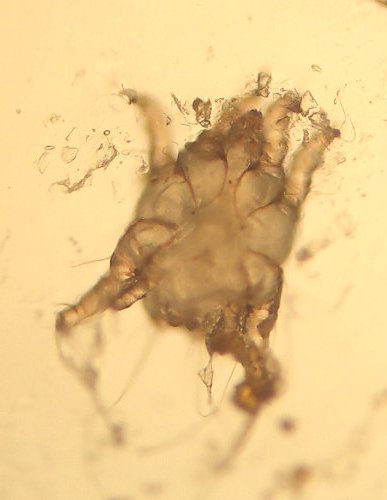Difference between revisions of "Category:Arachnida"
Jump to navigation
Jump to search
| Line 1: | Line 1: | ||
| − | {{ | + | {{frontpage |
| − | <categorytree mode=pages | + | |pagetitle =Arachnida |
| − | = | + | |pagebody = The arachnids includes well known veterinary species such as ticks and mites (order Acarina). It also includes scorpions and spiders. Most of the structure and function of the arachnids is similar to the [[Insecta|insecta]]. |
| − | + | |contenttitle =Content | |
| − | + | |contentbody =<big><b> | |
| + | <br><br> | ||
| + | <categorytree mode=pages>Arachnida</categorytree> | ||
| + | </b></big> | ||
| + | |logo =Otodectes cynotis.jpg | ||
| + | }} | ||
| − | |||
| − | |||
| − | |||
| − | |||
| − | |||
| − | |||
| − | |||
| − | |||
| − | |||
| − | + | ||
| − | + | ||
| − | + | ||
| + | ==[[Arachnida Structure and Function]]== | ||
==Life cycles== | ==Life cycles== | ||
Revision as of 20:01, 18 May 2010
Arachnida
The arachnids includes well known veterinary species such as ticks and mites (order Acarina). It also includes scorpions and spiders. Most of the structure and function of the arachnids is similar to the insecta.
Arachnida Structure and Function
Life cycles
- The larva (also called seed tick) develops from the egg
- The nymphal stage follows the larval stage
- The nymph then develops into an adult (i.e. sexually mature)
<ncl style=compact maxdepth=3 headings=bullet headstart=2
showcats=1 showarts=1>Category:Arachnida</ncl>
Subcategories
This category has the following 2 subcategories, out of 2 total.
Pages in category "Arachnida"
The following 3 pages are in this category, out of 3 total.
